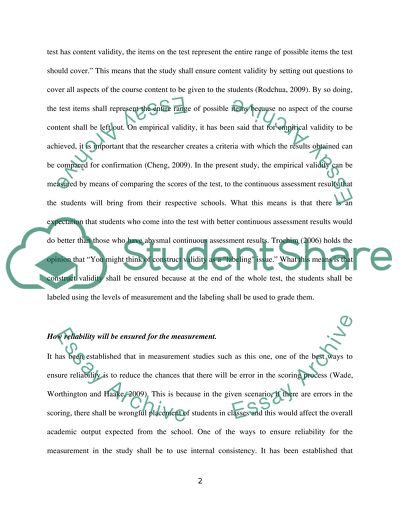Cite this document
(Evaluating Students and Defining Them in Classes Research Paper - 1, n.d.)
Evaluating Students and Defining Them in Classes Research Paper - 1. Retrieved from https://studentshare.org/education/1604243-measurement-and-instruments-for-a-quantitative-research-plan
Evaluating Students and Defining Them in Classes Research Paper - 1. Retrieved from https://studentshare.org/education/1604243-measurement-and-instruments-for-a-quantitative-research-plan
(Evaluating Students and Defining Them in Classes Research Paper - 1)
Evaluating Students and Defining Them in Classes Research Paper - 1. https://studentshare.org/education/1604243-measurement-and-instruments-for-a-quantitative-research-plan.
Evaluating Students and Defining Them in Classes Research Paper - 1. https://studentshare.org/education/1604243-measurement-and-instruments-for-a-quantitative-research-plan.
“Evaluating Students and Defining Them in Classes Research Paper - 1”, n.d. https://studentshare.org/education/1604243-measurement-and-instruments-for-a-quantitative-research-plan.


